Ancient Egypt Mythology : What do the Gods Represent?

Do you ever stop and think to yourself: why on earth would the ancient people of Egypt worship gods with falcons or jackals for a head? Because I do. All the time.
At first glance, these myths might sound silly, like a bedtime story that’s gone off the rails. But in truth, ancient Egyptian mythology was a whole complex belief system rooted in their environment, society, and sense of cosmic order.
Like the Romans, these beliefs guided their way of life (and afterlife).
From the powerful Nile to the relentless sun, Egyptian gods symbolized the forces that shaped their world. These gods explained how life worked, how rulers ruled, and why the sun came back each morning.
Come on an adventure with me as we explore ancient Egyptian mythology and its manifestations in real life — a tale as old as time itself.
Mythology as a Mirror of Nature and Society
In ancient Egypt, mythology wasn’t mere fiction; it was a guidebook for life. It explained natural events like flooding, storms, and solar patterns. But more importantly, it helped maintain social structure.
Pharaohs (Egyptian kings) were considered divine links between gods and people. Stories of the gods and their deeds gave moral clarity, teaching what was good, dangerous, and what could happen when their environment’s balance tipped too far.
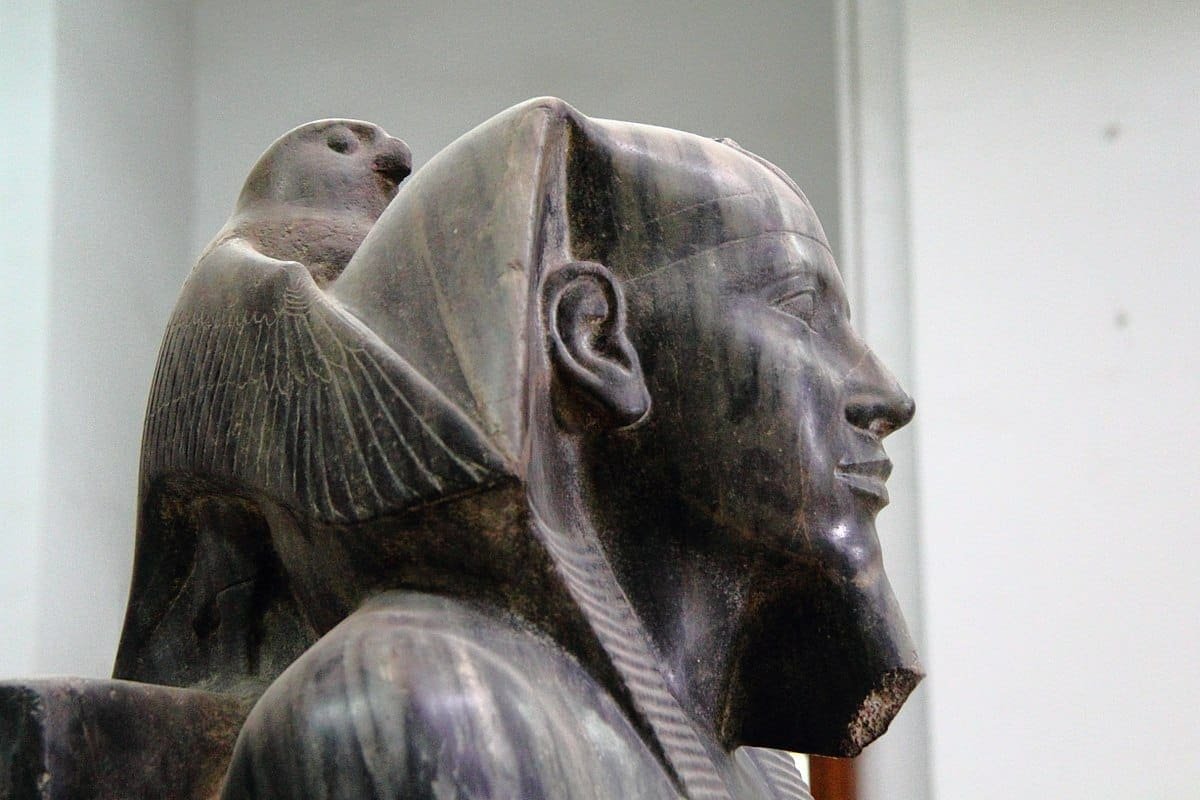
Unlike some belief systems that focused on supernatural figures above the clouds, the gods of ancient Egypt were deeply tied to nature. This is primarily the reason why their gods have some form of animal body part.
It’s not that they wanted to look goofy, no. These animals captured the essence of the deity’s role. Sobek, the crocodile god, for instance, represented strength and the Nile’s unpredictable might.
The line between literal belief and metaphor was blurry.
Egyptians didn’t always worship their gods the way modern religions do. Instead, gods personified concepts. Ra wasn’t just a sun god — he was the sun, with his daily journey symbolizing rebirth. Isis wasn’t just a healer — she embodied wisdom, motherhood, and magic.
Animal heads, hybrid beings, sun disks, and ankhs were all parts of this symbolic language. Each shape and feature meant something — a visual theology that turned temples and tombs into divine textbooks.
Key Egyptian Gods: What Do They Symbolize?
Ra – The Sun and Cycle of Life
The Greeks have Zeus, while the Romans have Jupiter. In Egypt, they have Ra.
The ancient Egyptians worshipped the Sun as a powerful life-giving force that controlled crop growth and sustained all living things. They saw Ra, the Sun god, as the creator of the universe and the source of life, warmth, and growth, which earned Ra the title “King of the Gods.”
Ra was also the god who sailed across the sky in a solar boat by day and fought off chaos (aka the serpent god Apep or Apophis) at night. Egyptians believed Ra’s daily triumph over the serpent god reflected the constant victory of light over darkness, seen in the rising and setting of the sun.

Thus, every sunrise was a symbol of survival and rebirth.
Ra’s power represented kingship, divine order, and the heartbeat of the cosmos. He wasn’t just the sun; he was the reason there was a sun. Temples to Ra often aligned perfectly with solar events, showcasing his central role in Egyptian life and calendar systems.
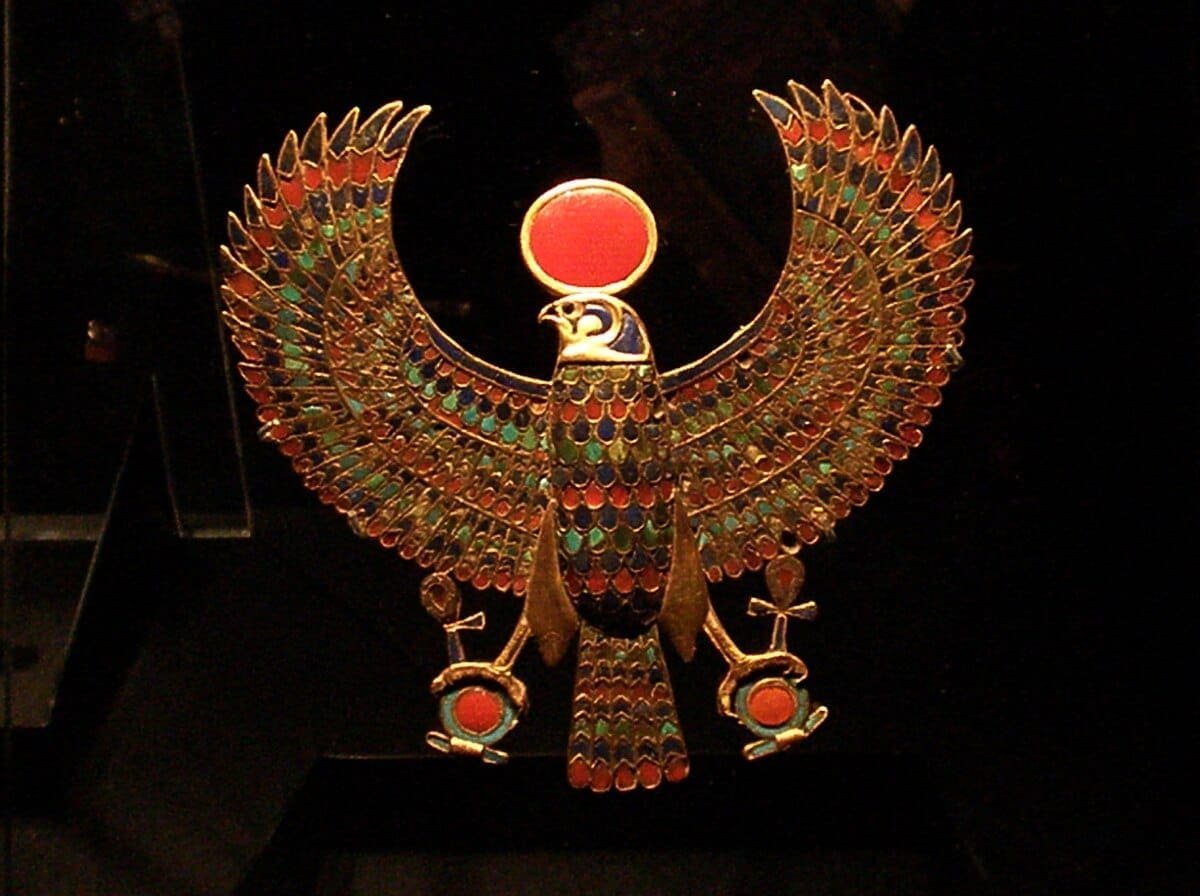
Just a quick note—there are many forms of the god Ra, like Amun-Ra, because ancient Egyptians often combined their gods through a process called syncretism. This article gives a simple overview, so there’s still a lot more to explore in the rich world of Egyptian mythology!
Osiris – Resurrection, Fertility, and Justice
The story of Osiris is probably the most dramatic in Egypt’s mythology. Murdered by his jealous brother Set, Osiris was brought back to life by his wife Isis. Osiris and Iris had a son named Horus, who is another god we’ll talk about later.
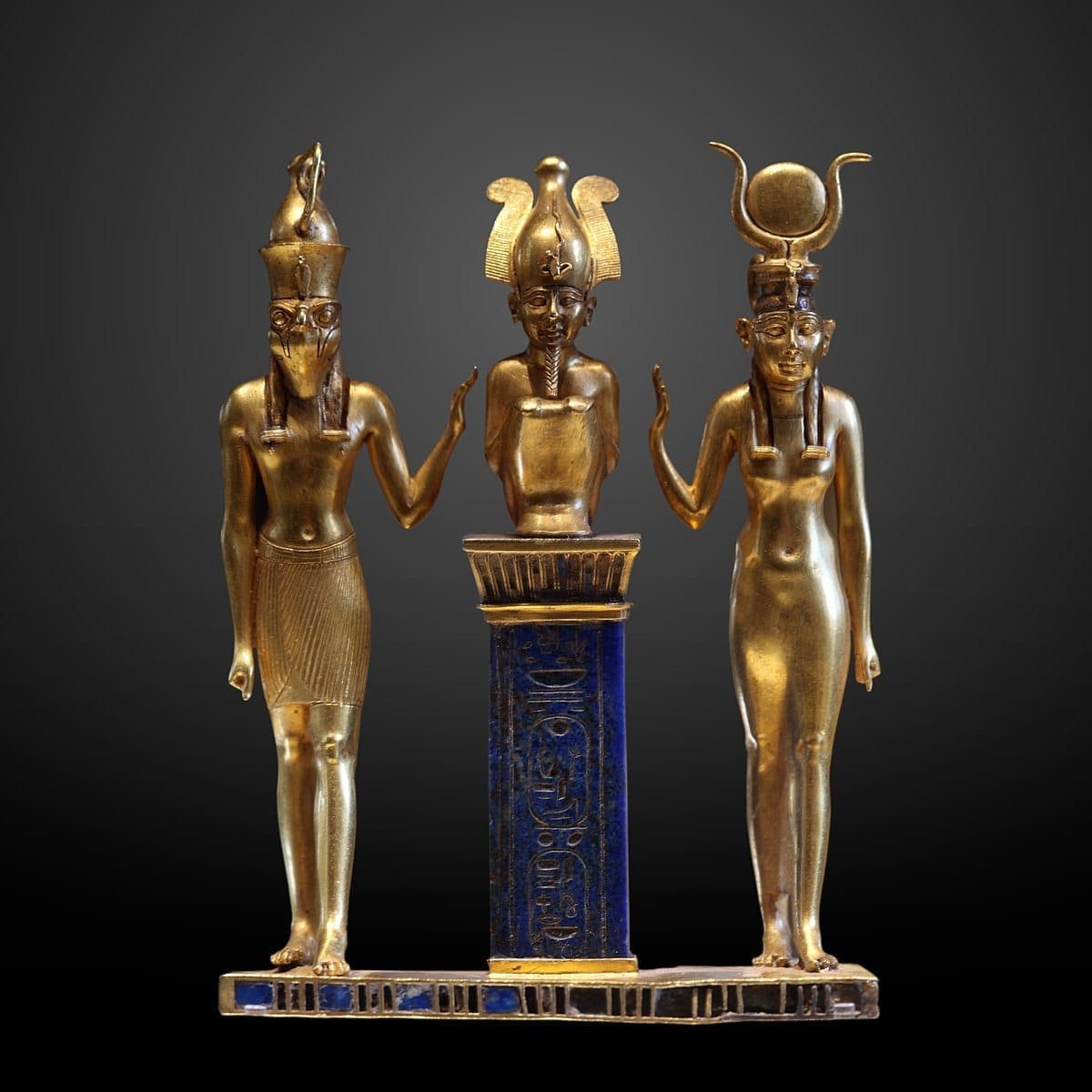
He was commonly depicted as a mummified, bearded king with green or black skin—symbols of both death and rebirth.
Osiris then became ruler of the underworld. His story was believed to be connected to the Nile’s seasonal flooding, which “died” and “returned” each year, bringing fertility to the land.
Osiris was also the judge of the dead. When you died, your heart was weighed against the feather of Ma’at (truth, justice, cosmic order). If it was heavier? Not good.
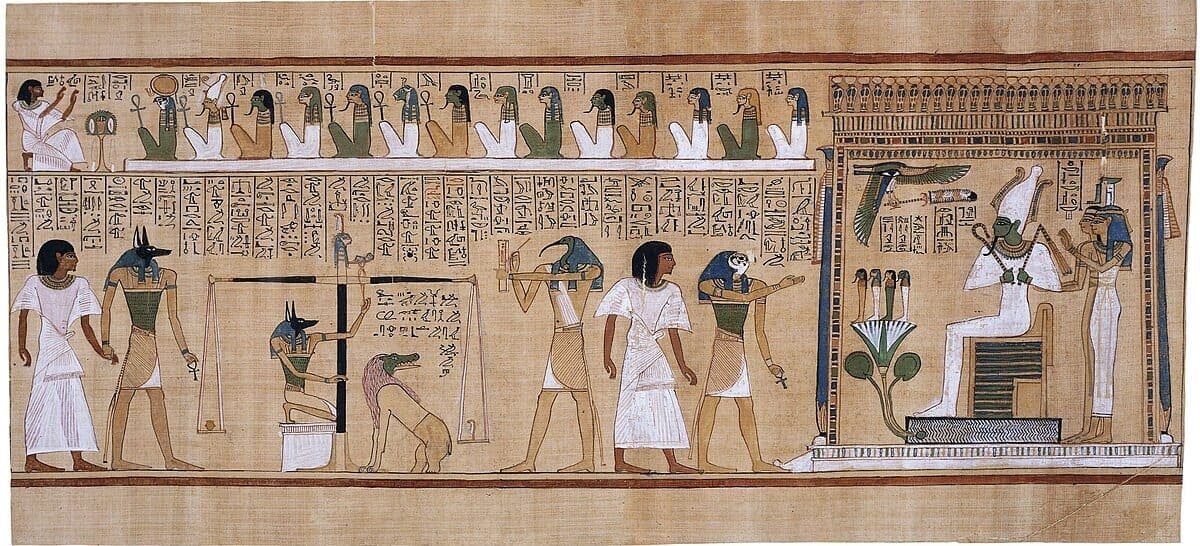
His myth taught Egyptians that justice continued even after death — a revolutionary idea for the ancient world.
Isis – Magic, Healing, and Motherhood
Isis was one of the most beloved figures in the Egyptian pantheon. She was the icon of loyalty, intelligence, and maternal strength.
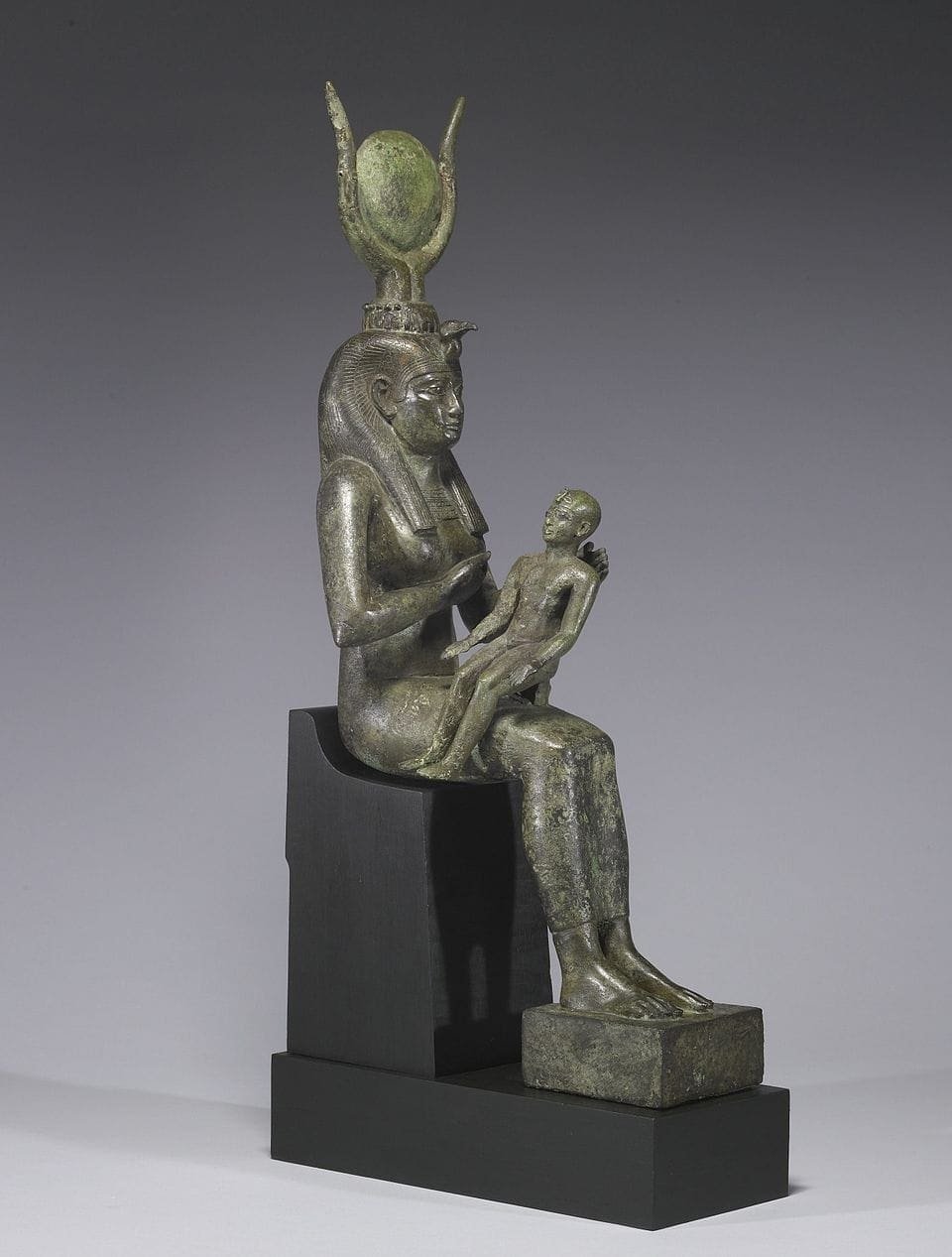
After resurrecting Osiris and raising their son Horus, she became a powerful figure of protection and healing. She was also regarded as the divine mother of kings.
Her influence spread far beyond Egypt. Greek and Roman societies later embraced her as a goddess of the mystery cults. For instance, there were temples in Pompeii and Tivoli, Italy, dedicated to Isis.
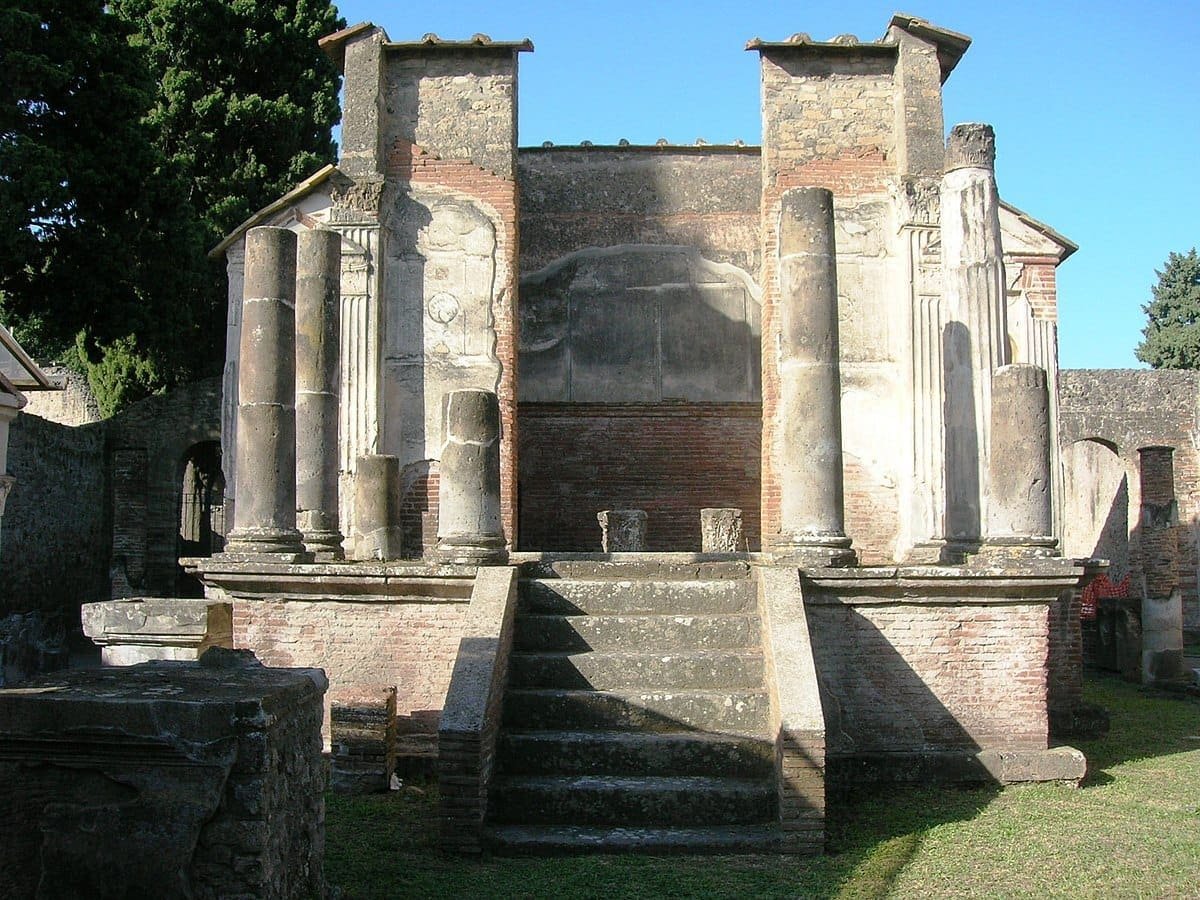
Women prayed to her not just for fertility, but for guidance and strength. Isis showed that the divine feminine wasn’t to be feared — it was to be honored.
Horus – Kingship and Divine Protection
With a falcon’s head and the eye that sees everything, Horus was the protector of pharaohs.
His battles with Set (Horus’ rival, his father’s murderer, and technically, his uncle) represented the eternal fight between order and chaos — a myth that echoed every power struggle in Egyptian politics.
Horus was also perceived as a war god whose name was always invoked before actual battles.
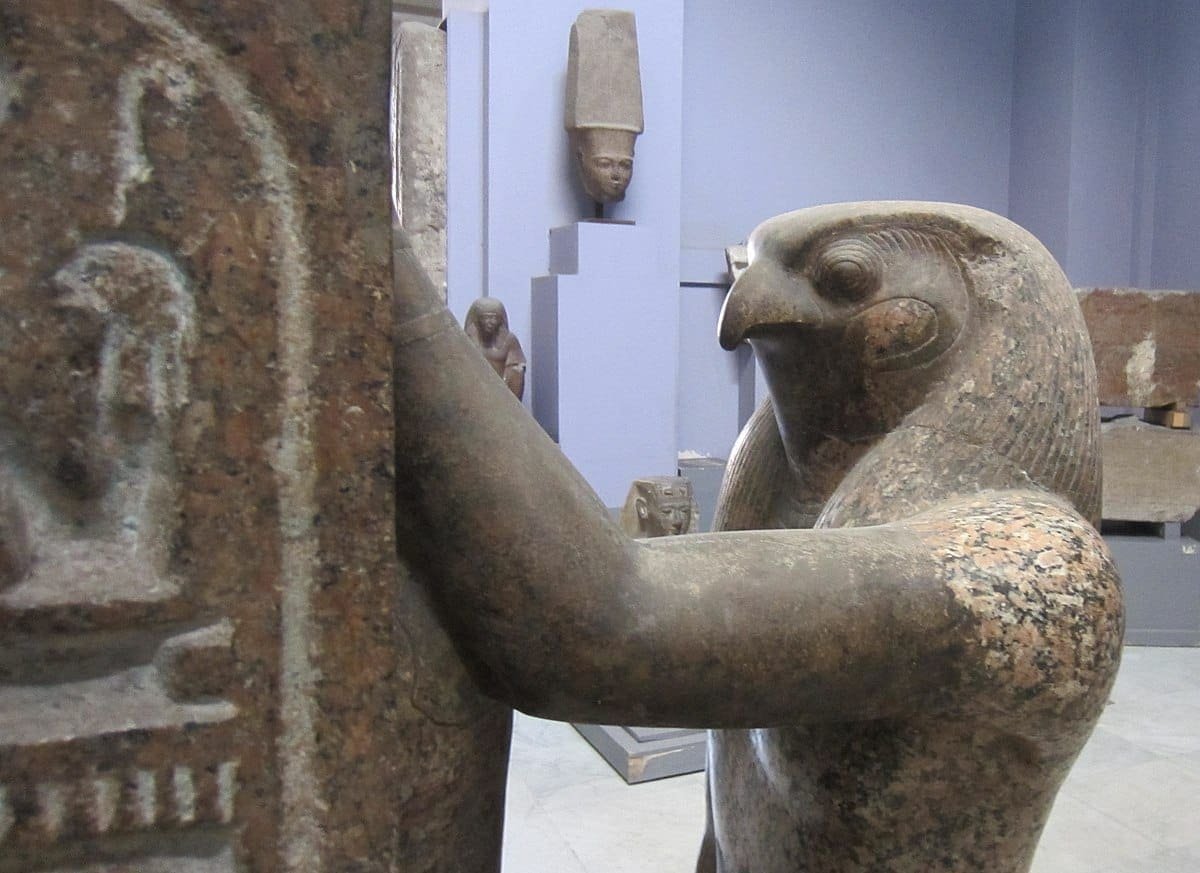
Every king was considered a living Horus. Upon death, the king became Osiris, and his successor became the next Horus.
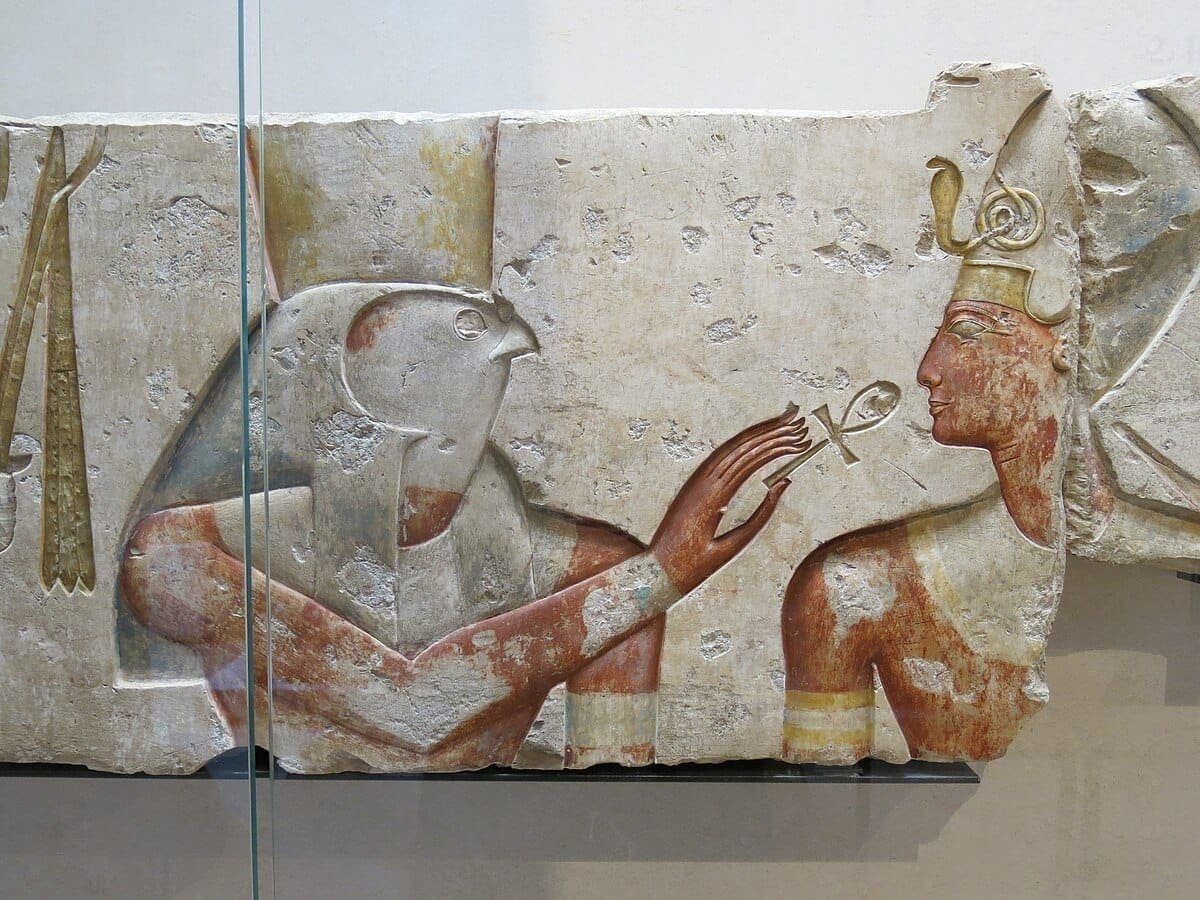
This cycle reinforced not just leadership but the idea of sacred succession — no leader ruled alone; they were part of a divine relay race.
Set – Chaos, Desert, and Storms
Set is one of Egypt’s most misunderstood gods. He killed his brother Osiris and tried to seize control. I know, what a villain, right? Well, not entirely.
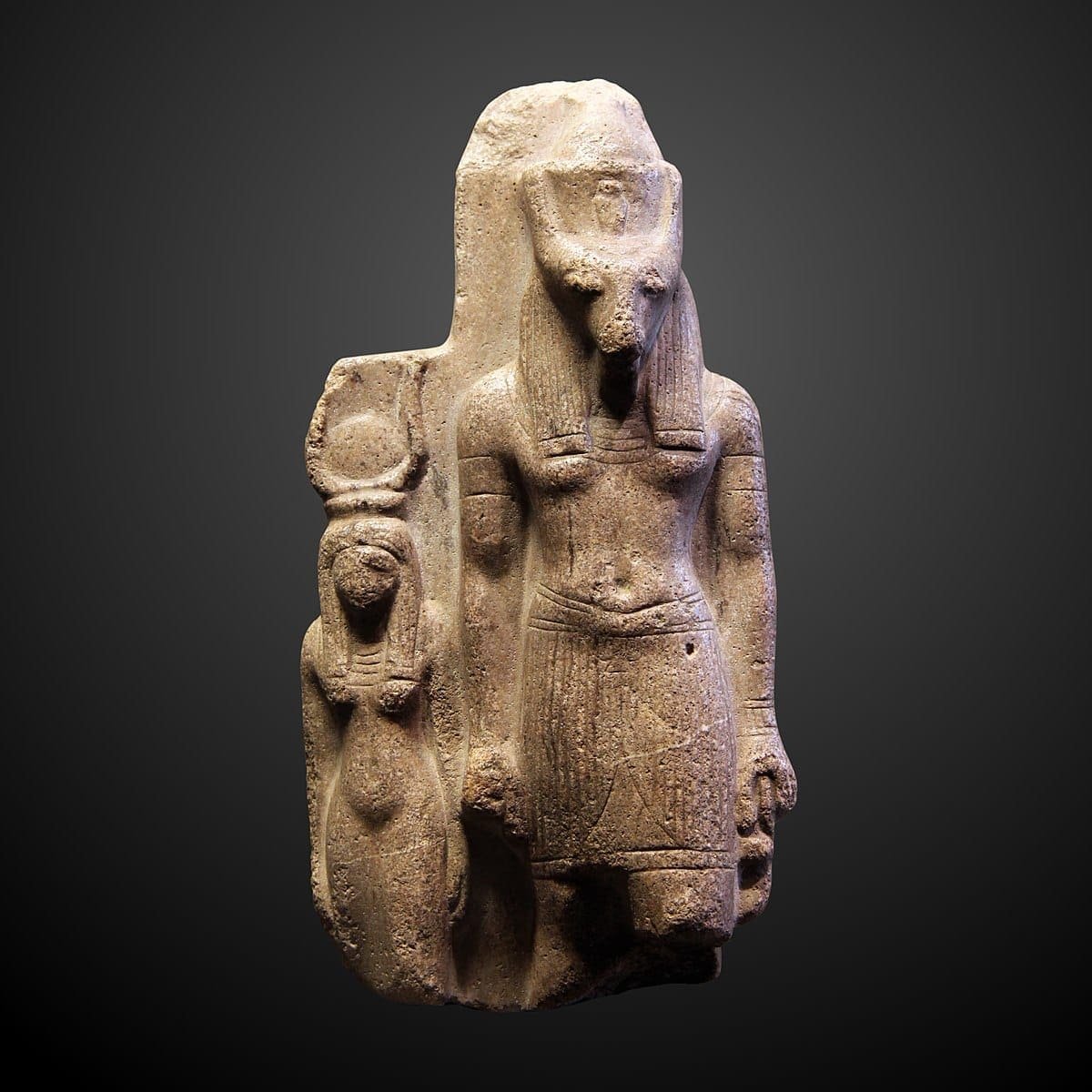
Set began as a respected, protective figure who helped guard desert oases and even supported Ra. However, over time, people associated him with fearsome events like storms, thunder, and eclipses, revealing a more sinister aspect of his nature.
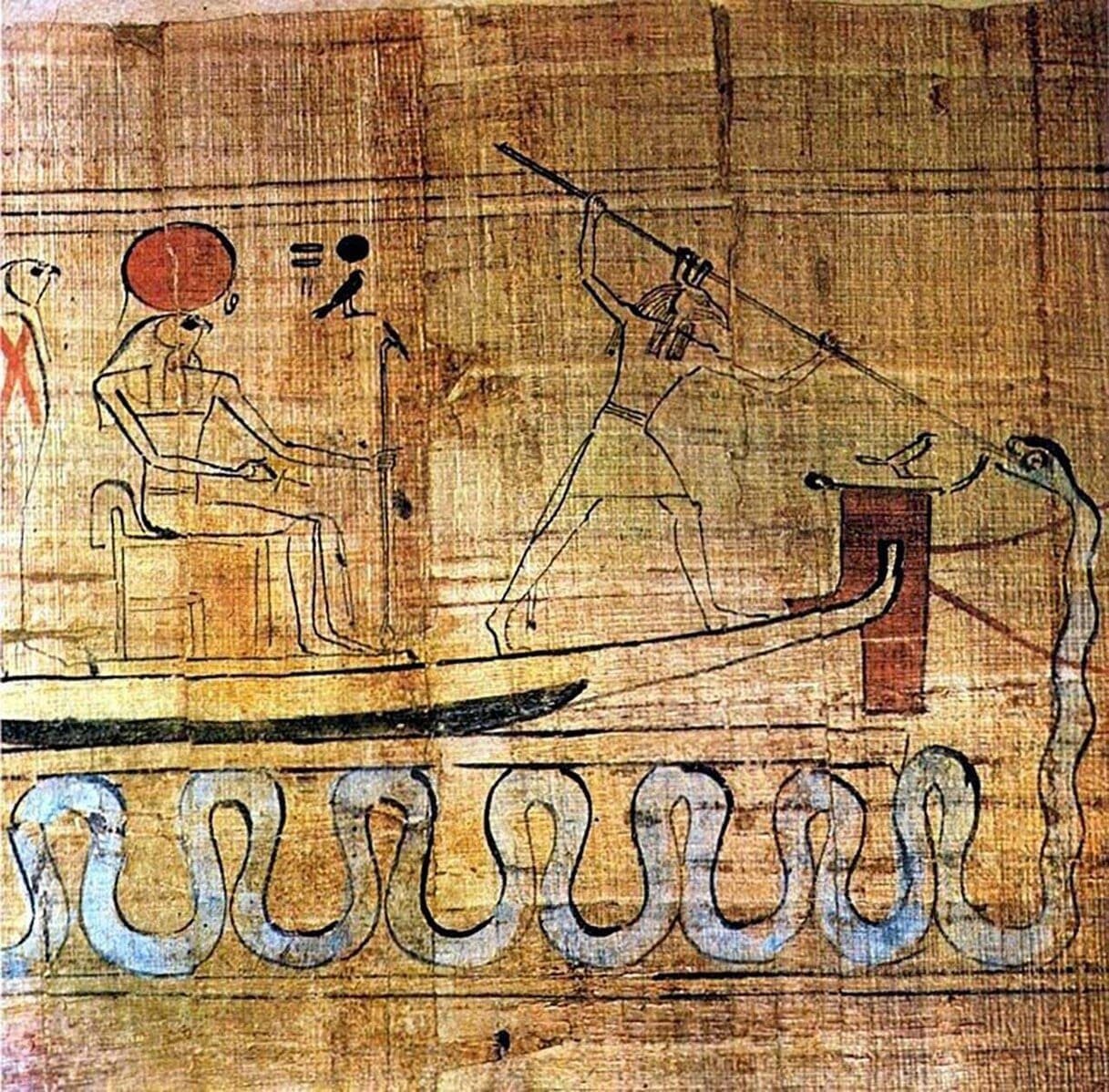
He ruled over deserts and storms — wild, unpredictable things. Egyptians didn’t love him, but they understood that chaos wasn’t always evil. It’s part of the balance.
Set was the complicated force that made you appreciate peace by surviving disorder.
Anubis – Death, Transition, and Ritual
Anubis, the jackal-headed god, watched over the dead. He didn’t judge them — that was Osiris’ job — but he prepared them.
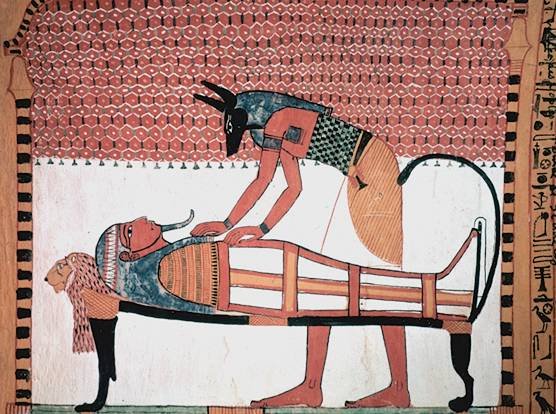
Anubis embalmed bodies, protected tombs, and guided souls through the afterlife.
He was also the god who performed the “weighing of the heart.” That moment, so crucial to Egyptian afterlife belief, was both terrifying and just.
It’s important to note that while he was heavily associated with death, Anubis wasn’t feared like a grim reaper. He was respected as the one who made sure everything went according to divine protocol.
Though he isn’t featured in a lot of mythological stories, Anubis remained highly popular among Egyptians and even other cultures. The Greeks even associated him with Hermes, their guide of the dead, creating a combined figure known as Hermanubis.
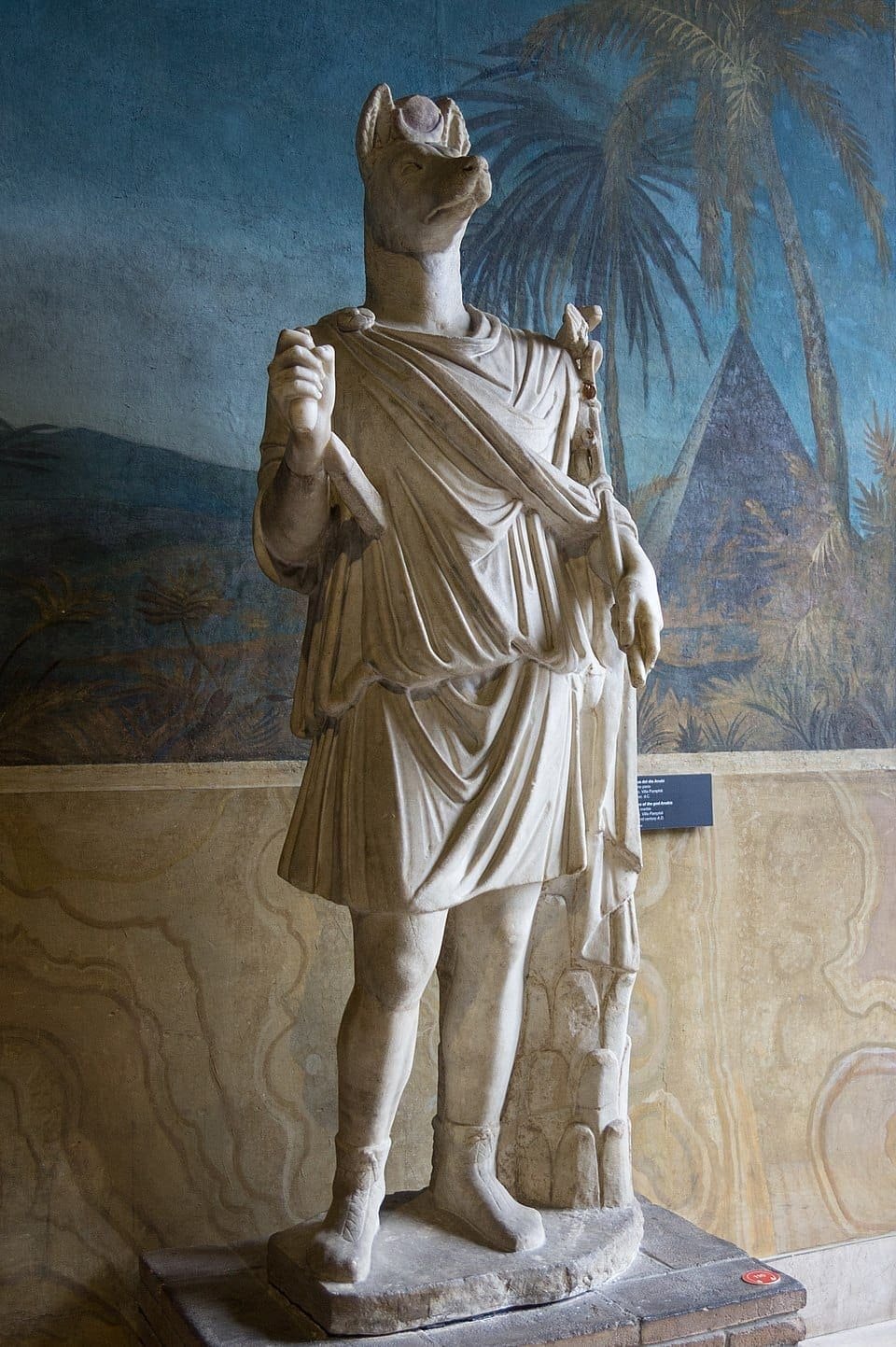
Egypt’s Mythology, Life Written in Symbol
If you think that myths are just products of a kid’s imagination, think again.
Egyptian mythology wasn’t just a random assortment of gods with animal heads — it was a living, breathing expression of how people understood the world.
Every symbol, from an ankh to an animal head, carried deep meaning. They reminded Egyptians that life, death, justice, and nature were all part of one great cosmic story.
And while their gods may now be housed in museums or fiction, the core ideas still live on — in stories, in art, in the way we try to understand our place in the world.
SOURCES:
https://www.britannica.com/topic/ancient-Egyptian-religion/The-cult


